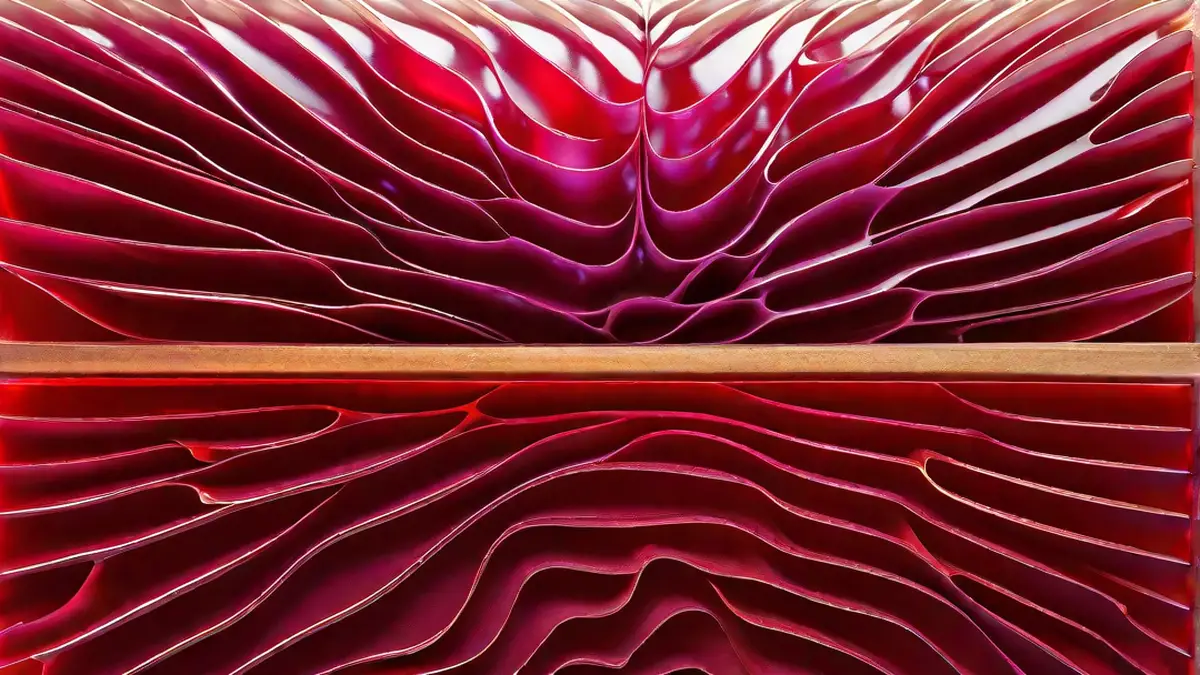Red wine vinegar is an adaptable and tasty addition that lends a tangy flavor to various recipes. Being an enthusiast of wine, the production of red wine vinegar has always caught my interest. Within this article, I’ll walk you through the intricate steps involved in crafting this delightful sauce.
First, let’s start with the basic ingredient – red wine. To make red wine vinegar, you need a good quality red wine. The wine should be full-bodied and have a robust flavor. I personally recommend using a red wine that you enjoy drinking, as it will greatly influence the taste of the vinegar.
Once you have your chosen red wine, the next step is to introduce the bacteria that will transform the wine into vinegar. Acetobacter, a type of bacteria, plays a crucial role in this process. These bacteria convert the alcohol in the wine into acetic acid, giving vinegar its characteristic tang.
To kickstart the fermentation process, you’ll need a live mother vinegar. The mother vinegar contains the necessary bacteria and enzymes needed to transform the wine into vinegar. You can either obtain a mother vinegar from a previous batch of vinegar or purchase a culture starter. It’s like having a secret ingredient that sets the stage for a transformational journey.
Now that you have your red wine and mother vinegar, it’s time to combine them. In a glass or wooden container, mix one part mother vinegar with five parts red wine. Make sure to use a vessel that allows airflow, as the presence of oxygen is crucial for the bacteria to thrive.
Once the mixture is prepared, cover the container with a cheesecloth or paper towel, allowing air to circulate while keeping out unwanted debris. Find a warm and dark spot for the container, as the bacteria prefer these conditions for fermentation.
Patience is key when it comes to making red wine vinegar. The fermentation process can take anywhere from a few weeks to several months, depending on the desired flavor intensity. The bacteria convert the alcohol into acetic acid, gradually transforming the wine into vinegar.
During fermentation, you may notice a thin layer form on the surface of the liquid. This is known as the “vinegar mother” and is a natural byproduct of the bacteria’s activity. It resembles a jelly-like substance and is a sign that the fermentation is progressing well.
Once the desired flavor has been reached, it’s time to strain and bottle the vinegar. Using a fine-mesh strainer or cheesecloth, remove the vinegar mother and any sediment that may have formed. Transfer the vinegar to clean, sterilized bottles, and seal them tightly.
Now that you have your very own homemade red wine vinegar, it’s time to put it to use! Whether it’s in salad dressings, marinades, or adding a splash to enhance the flavor of a dish, this vinegar adds depth and complexity to any culinary creation.
In conclusion, making red wine vinegar is a fascinating process that involves the transformation of wine through the activity of bacteria. It requires patience, attention to detail, and a love for the art of fermentation. So why not give it a try? Experiment with different wines, explore various fermentation times, and create your own personalized red wine vinegar that will elevate your culinary experiences.
